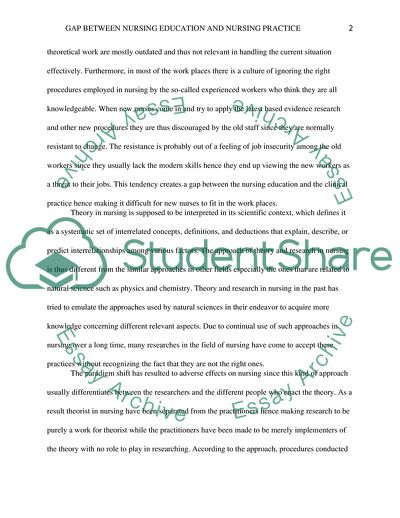Cite this document
(Is there a gap between nursing education and nursing practice Essay, n.d.)
Is there a gap between nursing education and nursing practice Essay. https://studentshare.org/nursing/1851514-gap-between-nursing-education-and-nursing-practice
Is there a gap between nursing education and nursing practice Essay. https://studentshare.org/nursing/1851514-gap-between-nursing-education-and-nursing-practice
(Is There a Gap Between Nursing Education and Nursing Practice Essay)
Is There a Gap Between Nursing Education and Nursing Practice Essay. https://studentshare.org/nursing/1851514-gap-between-nursing-education-and-nursing-practice.
Is There a Gap Between Nursing Education and Nursing Practice Essay. https://studentshare.org/nursing/1851514-gap-between-nursing-education-and-nursing-practice.
“Is There a Gap Between Nursing Education and Nursing Practice Essay”. https://studentshare.org/nursing/1851514-gap-between-nursing-education-and-nursing-practice.


